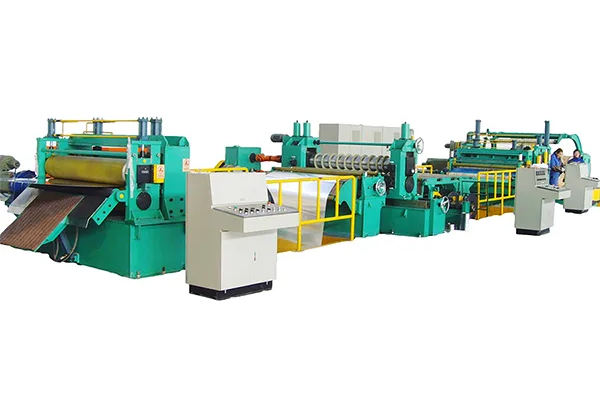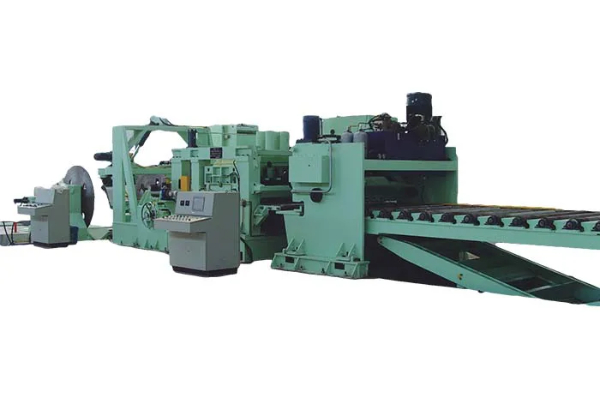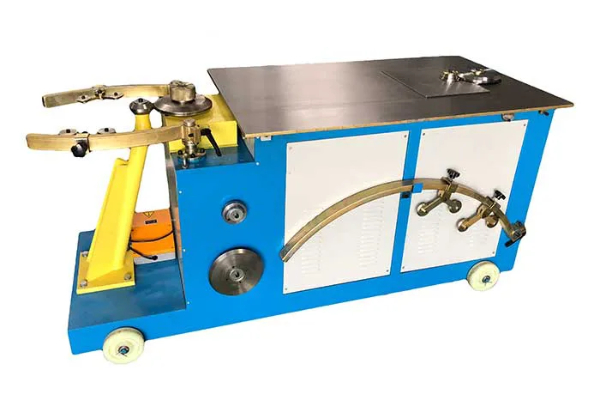
Troubleshooting Tips for Common Issues with Metal Punching Machines
- By:Metmac
- 2024-07-24
- 227
Metal punching machines are essential tools in various industries, from manufacturing to construction. However, like any machinery, they can occasionally encounter issues that affect their productivity and efficiency. This article provides a comprehensive guide to troubleshooting common problems with metal punching machines, enabling users to diagnose and resolve issues quickly and effectively.
Misalignment of Punches and Dies
Misalignment can occur due to improper installation or wear and tear.
– Check alignment: Verify that the punches and dies are aligned correctly. Use precision measuring tools to ensure accuracy.
– Inspect for wear: Examine the punches and dies for any signs of wear or damage. Replace or repair any damaged components.
– Adjust alignments: Use the machine’s adjustment screws or shims to fine-tune the alignment of the punches and dies.
Punch Breakage
Punch breakage can result from overloading, misalignment, or material defects.
– Overload prevention: Ensure that the material being punched is within the rated capacity of the machine.
– Alignment check: Verify proper alignment of punches and dies. Misalignment can cause excessive stress on the punch.
– Material inspection: Inspect the material to identify any defects or inconsistencies that could weaken the punch.
– Punch replacement: Replace broken punches promptly to prevent further damage to the machine or material.
Difficulty Piercing Material
Difficulty in piercing can be attributed to material thickness, dull punches, or insufficient force.
– Material thickness adjustment: Ensure that the material thickness is compatible with the machine’s capacity. Modify material thickness if necessary.
– Punch sharpening: Sharpen dull punches to restore their cutting efficiency.
– Force increase: Adjust the machine’s settings to increase the punching force.
– Machine lubrication: Lubricate the machine regularly to reduce friction and improve piercing performance.
Excessive Noise and Vibration
Excessive noise and vibration can indicate problems with the machine’s components.
– Bearing inspection: Check the machine’s bearings for wear or damage. Replace any defective bearings.
– Loose components: Tighten any loose bolts, nuts, or screws that may be causing vibrations.
– Lubrication: Ensure that the machine is adequately lubricated to reduce noise and minimize friction.
– Balancing: Check the machine’s balance to identify and resolve any imbalances.
Electrical Faults
Electrical faults can pose safety risks and hinder machine operation.
– Circuit inspection: Thoroughly inspect the electrical circuits for loose connections, damaged wires, or tripped breakers.
– Fuse replacement: Replace blown fuses with appropriate ones.
– Voltage verification: Ensure that the machine is receiving the correct voltage.
– Grounding check: Verify that the machine is properly grounded to prevent electrical shocks.
-
Iron Sheet Laser Cutting Machine: Unmatched Precision for Demanding Fabrication with METMAC
2026/01/06 -
Precision Metal Cutting Machine: The Engine of Modern Manufacturing, Powered by METMAC
2026/01/06 -
Sheet Metal CNC Laser Cutting Machine: Precision Redefined with METMAC Technology
2026/01/06 -
Sheet Metal Press Brake for Sale: Find Your Precision Bending Solution with METMAC
2026/01/06
-
Advanced Sheet Metal Rolling, Laser Cutting, and Folding Machines for Precision Fabrication
2025/10/31 -
High-Performance Sheet Metal Bending and Cutting Machines for Modern Fabrication
2025/10/31 -
High-Quality Sheet Metal Equipment for Sale: Efficient Solutions for Modern Manufacturing
2025/10/31 -
High-Performance Sheet Metal Equipment for Sale: Forming and Shearing Solutions for Modern Fabrication
2025/10/22
-
A Guide to the Latest Innovations in Sheet Metal Folding Machines
2024/11/29 -
Key Features to Consider When Investing in a Sheet Metal Folding Machine
2024/11/28 -
Enhancing Precision with Advanced Sheet Metal Folding Machines
2024/11/27 -
How to Choose the Right Sheet Metal Folding Machine for Your Workshop
2024/11/26







